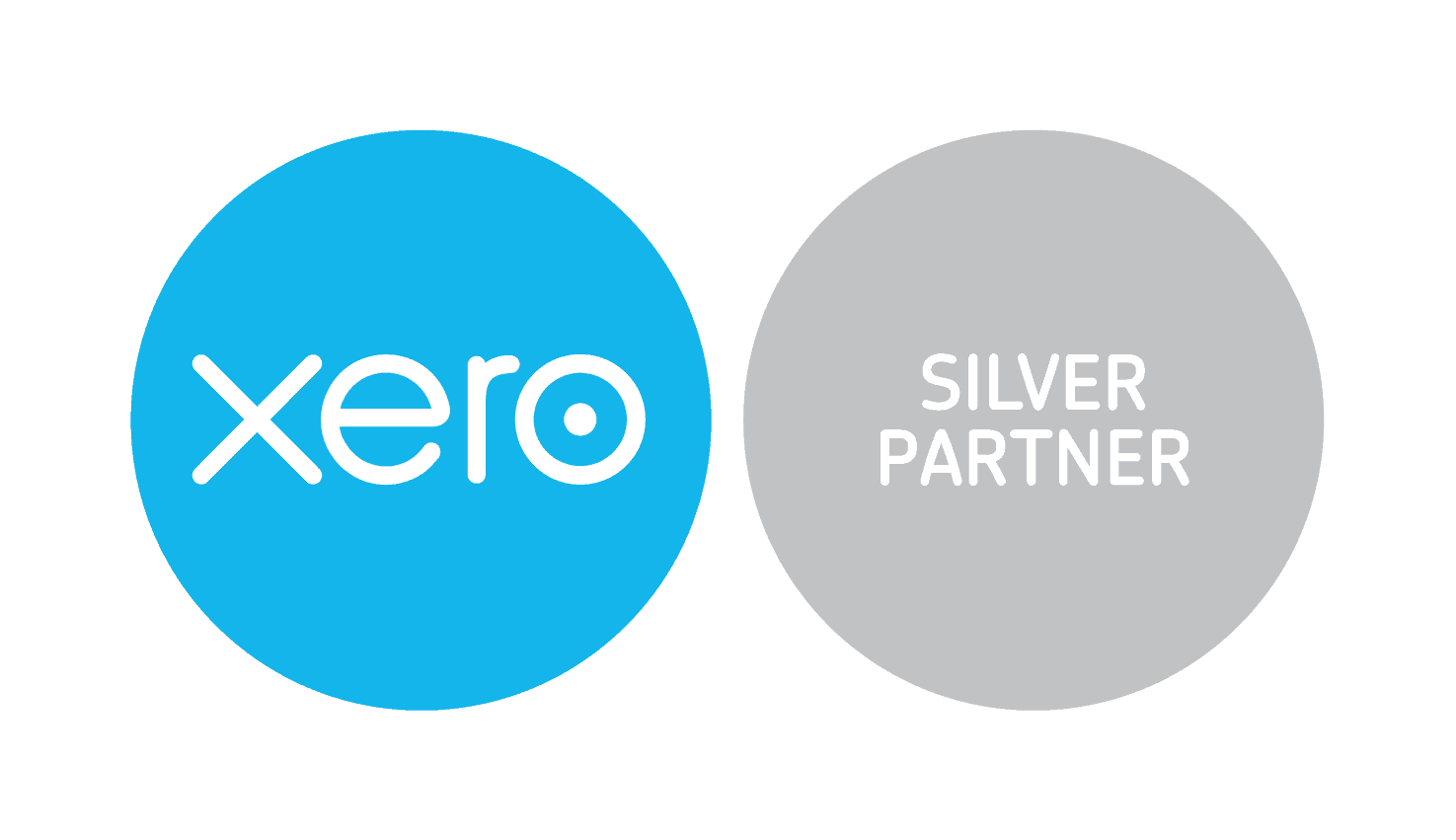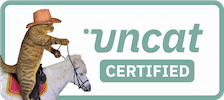
Your first year filing taxes as a business owner can be a bit intimidating. Suddenly, you’re looking at forms you would never encounter in your personal taxes. And as your company grows, there are new forms to learn and incorporate into your filing process.
As a small business owner and an accountant who serves small business owners, I understand the pressure you may feel this time of year. The good news is, you probably only need some of the most common annual tax forms for businesses — and it is possible for you to understand them all. Here are the most common ones you’ll see.
Form W-3: Transmittal of Wage and Tax Statements
Due: January 31
If you have employees, they should all have filled out Form W-4s when you hired them. A Form W-3 is a summary of all of your employees’ wages and tax information that will be broken down into their individual W-2s. Your W-3 and Copy A of each employee’s W-2 must be submitted to the Social Security Administration no later than January 31. If you use a payroll management service, like Gusto, they will file these on your behalf; otherwise, you can file through the Social Security Administration’s website.
Form 1099-NEC: Nonemployee Compensation
Due: January 31
As the name implies, the 1099-NEC is used to report any compensation paid to someone who is not your employee. There are three circumstances when you might file a 1099-NEC.
The first is in a circumstance that meets all four of the following conditions:
- You’ve made a payment to someone who is not your employee.
- The payment is made for services in the course of your business.
- The payment is made to an individual, partnership, estate, or corporation.
- The payment total is at least $600 for the year (including fees, commissions, prizes, benefits, or other compensation).
You should also file a 1099-NEC in either of the following situations:
- You pay an individual at least $10 in royalties.
- Your business has withheld any federal income tax under the backup withholding rules regardless of the number of payments for the year to the nonemployee.
If you receive a 1099-NEC for services YOU rendered, report each 1099-NEC individually and make sure the income is not also reported in your gross receipts on your Schedule C.
Form 940: Federal Unemployment Tax Return
Due: January 31
In order to have a healthy system of unemployment benefits, employers are required to pay an annual federal unemployment tax. Form 940 is a one-page return that tells you how much unemployment tax you’ll need to pay on a federal level.
Your taxes will be based on the first $7,000 of each employee — and this includes you if you own and receive a salary from an S-corp. If your tax is over $500, you’ll be required to make quarterly payments, but the form is submitted annually, by January 31.
Again, if you have a payroll management system set up, this may be filed for you.
Annual Report
Due: Varies by state
An annual report summarizes your business’s financial activity over the last year. Many states require all registered businesses to submit an annual report to the Secretary of State. This ensures their information about you is up to date. Your state will require certain details about your business, such as:
- Your registered address
- Contact information
- Registered agent information
- Names of your LLC managers
Some businesses go a step further and create a more polished annual report for investors. This might include extra details, such as your mission and annual goals.
Form 1040: Individual Income Tax Return
Due: April 18
Form 1040 is an individual income tax form, but you’ll use it to report business income if:
- You’re self-employed
- You run your business as a sole proprietorship
- You have a single-member LLC
- You’re a partner in a partnership
- You report farm income
Schedules C and 1 will help you determine what business income you need to report on the 1040. You’ll file all three forms together by April 18.
Schedule C: Business Profit or Loss
Due: April 18
If you’re the sole proprietor of a business or a single-member LLC, you’ll need to report your profits and losses on Schedule C. This schedule will ask about your gross profit and income, expenses (e.g. advertising, travel, rent, etc.), and cost of goods sold. The income you report on Schedule C may be qualified business income, which can be deducted on your Form 1040.
Schedule 1: Additional Income and Adjustments to Income
Due: April 18
Schedule 1 covers additional income and adjustments that aren’t covered on Form 1040. Once you’ve filled out Schedule C, you’ll report your business income (or loss) on Line 3 of Schedule 1. Fill out the rest of Schedule 1 as is applicable to you. Then, report your income total (from Line 10) on Line 8 of your Form 1040. Form 1040, Schedule C, and Schedule 1 are all filed together.
Form 1065: Return of Partnership Income
Due: March 15
Form 1065 is one of the most important — and complicated — forms for a business partnership. Partnerships include LLCs with two or more members. It also includes two or more people engaging in a trade/business, with each person contributing money, property, labor, or skill and each expecting to share in the profits and losses.
The partnership reports income, gains, losses, deductions, and credits on Form 1065. However, the partnership itself does not pay taxes. Instead, partners use Form 1065 to file their individual income tax returns.
To file your 1065, you’ll need a balance sheet (see our blog on this topic); a profit and loss statement; deductible expenses and total gross receipts; basic information about the partnership; cost of goods sold, and a variety of IRS forms. Make sure to read this form’s instructions closely (as you should with all IRS forms). This form’s deadline is generally March 15.
Schedule K-1: Partner’s Share of Income, Deductions, etc.
Due: March 15
When you fill out Form 1065 for your business partnership, you’ll also need to fill out a Schedule K-1 for each partner. This schedule reports each partner’s share of the income, deductions, and credits. Each partner receives a Form K-1, and the IRS receives copies of every partner’s Form K-1s.
Depending on your situation, you may or may not be required to file your K-1 with your income taxes. Remember, the IRS will receive a copy regardless. Either way, though, you should keep a copy for your records and use your K-1 as you file your individual income tax returns.
Form 1120: Corporation Income Tax Return
Due: April 15 or September 15, determined by fiscal year
If you’ve registered your business as a domestic corporation, you’ll use Form 1120 to report your income, gains, losses, deductions, and credits, as well as figuring out the corporation’s income tax liability. Almost all domestic corporations must file Form 1120, even if they don't have taxable income. S corporations are an exception, as are corporations that are required or elect to file a special return.
Form 1120 is generally due on April 15. However, if your fiscal year ends on June 30, you will file by September 15.
Form 1120-S: Income Tax Return for an S Corporation
Due: March 15
Instead of Form 1120, S corporations file Form 1120-S. Because S-corps are pass-through entities, they don’t pay taxes directly. Instead, they report income, losses, credits, and deductions and then pass on the tax obligations to shareholders. The form is filed by March 15, a month earlier than the standard Form 1120’s deadline. Shareholders then pay taxes on their shares through their individual federal income tax returns.
(See our blog on S corporations to learn more about this designation and how this designation might benefit your business.)
Let Us Guide You Through Tax Season
There are multiple ways to learn more about each of these forms. The IRS provides detailed instructions about each one, as well as a Small Business Tax Workshop. But if you’re like a lot of business owners I know, you’d just like to have someone to walk you through the process — or take it off your hands entirely. Wherever you fall on that spectrum, we’d like to help!
Book a call with my team, so we can learn more about your needs and give you the support you’re looking for.





